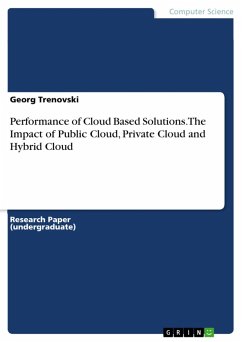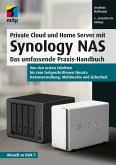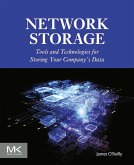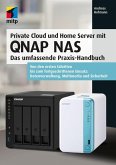Research Paper (undergraduate) from the year 2014 in the subject Computer Science - Internet, New Technologies, grade: 2,00, Management Center Innsbruck (Management Center Innsbruck), language: English, abstract: The cloud paradigm introduces a change in visualization of system and data owned by an enterprise. Further, the on service-based sharing of resources such as storage, hardware and applications which are delivered with cloud computing in a total different way has facilitated coherence of the resources and economies of scale through its pay-per-use business model. It is no longer a collection of devices on a physical location and run a particular software program with all the needed data and resources present at a physical location but instead is a system which is geographically distributed with consideration on both application and data. But even when the development of distributed cloud architectures and services are all dealing with the same issues of scalability, elasticity over demand, broad network access, usage measurement, security aspects such as authorization and authentication, and many other concepts related to multitenant services in order to serve a high number of concurrent users over the internet, is it the main goal for companies to find the right solution for their requierments. The right solution can be a public, a private or a hybrid cloud and although the issues are very similar in any of these solutions, it depends further on the degree of potency of one or some issues which are related to different kind of industries and organisations to evaluate the right cloud based approach for a particular company. This means we have to agree that the evolution of a new paradigm requires adaptation in usage patterns and associated functional areas to fully benefit from the paradigm shift.
Dieser Download kann aus rechtlichen Gründen nur mit Rechnungsadresse in A, B, BG, CY, CZ, D, DK, EW, E, FIN, F, GR, HR, H, IRL, I, LT, L, LR, M, NL, PL, P, R, S, SLO, SK ausgeliefert werden.









